Parwal Aloo ki Sabzi
As an Amazon Associate and member of other affiliate programs, I earn from qualifying purchases.

Parwal Aloo ki Sabzi adds so much more flavor to a simple humble meal. It is a simple humble dry side dish to the main meal. Or you can make it a star dish too. Super simple to make and full of nutrition.
Edited – 1/23/24 for SEO.
Post contains affiliate links. Please read disclosure here.
Parwal Aloo ki Sabzi
India is known for its vegetarian meals and not just any meal, these are so varied and full of nutrition. And Parwal Aloo ki Sabzi is one of the many many sides cooked in Indian meals.
People ask me how do I get my complete nutrition by eating “just” a vegetarian diet. Especially for many, my vegetarian diet is a big question of wholesome and healthy living in America.
Subsequently over the period of time, so many people are turning vegetarian or vegan for that matter. America is changing in its food choices. Basically there is more acceptance and awareness for PLANT BASED DIET.
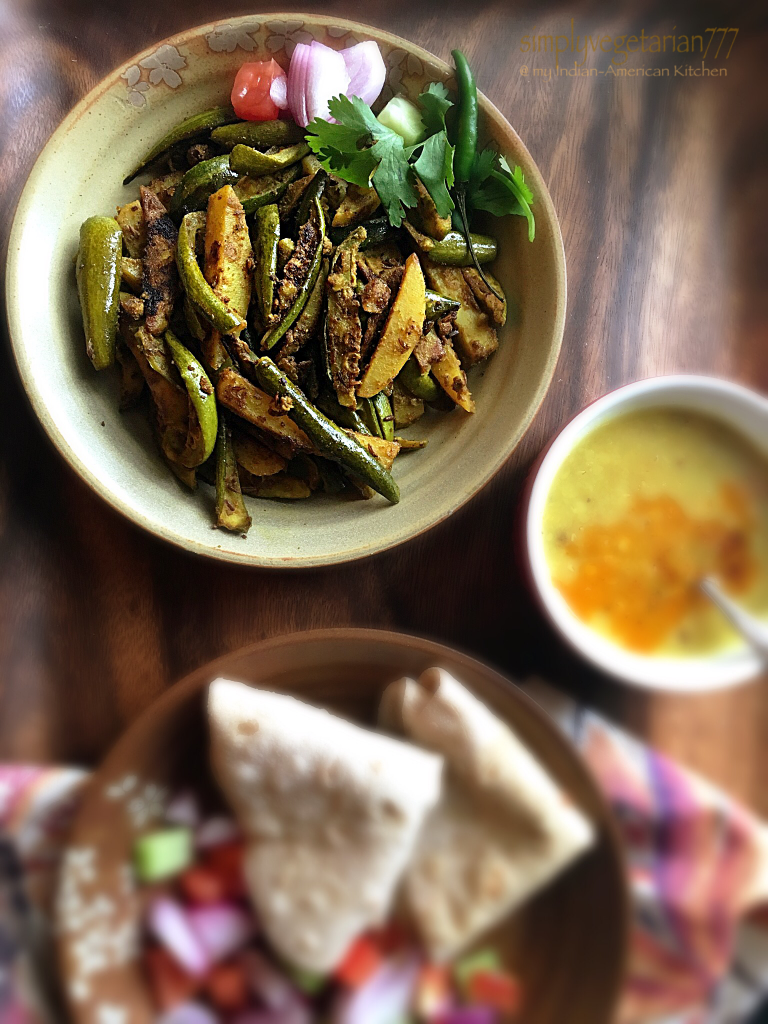
What is Parwal Aloo ki Sabzi?
Parwal is called Pointed Gourd and belongs to the family of cucumber and squash. It grows on vine. The fruit is green with white or no stripes on it. It can be small and round to longer and thick, with size varying from 2 inches to 6 inches. This fruit low in calorie, high in fiber content and is rich in Vitamin A, C and various B. Subsequently, it is a good source of trace minerals.
Moreover, consumption of parwal or pointed gourd helps with digetsion, treats constipation, controls blood sugar. Also, it acts as a blood purifier.
It is popular by many names in India – Potol , Kaadu, Kommu Potla are few to name.
Aloo is our humble Potato.
Although Potato has gained notorious image over the years for being carbohydrate rich vegetable, but it is densely rich in other nutrition. vitamin C, vitamin B6, and potassium. They are a good source of folate, niacin, iron, magnesium, phosphorus, copper, and manganese.
How to select the right Parwal for cooking?
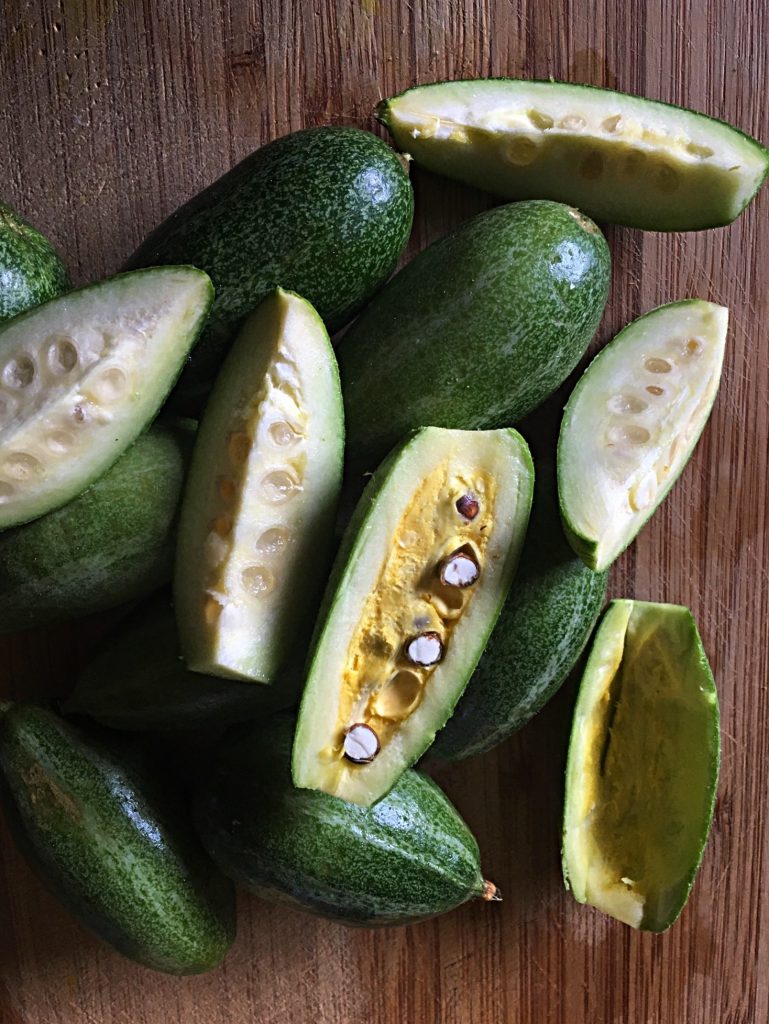
When Parwal reaches the market, it becomes over ripe sometimes and turns yellow. It has seeds inside, in the middle that are hard and not good for cooking.
Whereas, a ready to cook parwal is young and tender. The flesh inside is soft with seeds which are tender and good for cooking.
Steps to prepare the Parwal for cooking
PRO-TIP : Always wash the vegetables thoroughly before you cut the vegetables. It helps to preserve the water soluble nutrients.
The tender and young parwal is best for cooking. It is firm to touch and bright green in color.
But if you cut the parwal and come across a ripe parwal with yellow inside and hard seeds, simply take a spoon and scrape the portion out. It is good to use.
The picture above shows the over ripe, the fresh and tender, the scraped and the one with hard seeds for your reference.
You can cut the parwal in desired size and shape. Many a times, we stuff it with spices or other ingredients and cook it like Bharwaan Baingan or Bharwaan Karela . Either way, it is delicious.
For this vegetable preparation, I washed them and cooked these with potatoes. Although you can cook parwal as is as solo preparation. But Pointed Gourd along with Potatoes is a much loved combination.
Why should you make this sabzi?
Additionally, the best part about this recipe is that it does not need any fancy ingredients or spices, other than the mundane ones. I love the recipes, that are easy and have fewer ingredients that are easily availbale. I bet we all do.
Some other dry vegetable preparations from my blog are – Bharwaan Bhindi , Aami Mirchi ki Sabzi , Kathal ki sabzi , Mooli ke patte ki sabzi and many more.
What are the ingredients of Aloo Parwal ki Sabzi?
Parwal/ Pointed Gourd
Aloo/ Potatoes
Cooking Oil of choice
Spices – asafetida, cumin seeds, coriander powder, fennel powder, turmeric powder, red chili powder, salt.
This is how I made it!
Parwal Aloo ki Sabzi
Equipment
- Saute Pan with lid
Ingredients
Ingredients
- 8 Parwal / Pointed Gourd medium size
- 2 Potato medium size
Oil & Spices
- 1 tbsp Mustard oil or cooking oil of your choice
- 1 pinch Asafetida
- 1/2 tsp Cumin seeds
- 1 tbsp Coriander powder
- 1 tsp Fennel powder optional
- 1/2 tsp Turmeric
- 1/2 tsp Red chili powder
- 1 tsp or to taste Salt
Instructions
Preparing the Vegetables
- Make sure that the Parwal and Potatoes are of the similar size.
- Wash and wipe all the Parwal or pointed gourd. Wash and peel the potatoes.
- Slice the Parwal into thin long slices. Slice the potatoes also into thin long slices.
- Potato and Parwal slices should be of similar length and thickness.
- Set aside.
Heat mustard oil in a heavy bottom pan. Smoke the oil and then reduce the flame to medium. It is very important to smoke the mustard oil before use g it in cooking.
- Add asafetida/hing, cumin seeds, turmeric, coriander powder, fennel powder, red chili powder and salt to it. Stir all the spices in mustard oil for few seconds on low flame. Do not burn the spices.
- Add the sliced potatoes and Parwal/Pointed Gourd to the spices. Stir it well. Make sure that the spice mix coats the vegetables well enough.
- Now increase the flame to medium hot. Sprinkle 1 tbsp of water. Cover and cook for about 6-7 minutes. Stir 2-3 times in between. Steaming the vegetables under covered lid is important. It is to make sure that the vegetable gets cooked from inside, in case there is any over ripe or hard piece of Vegatable. It softens the potatoes also.
- Open the lid after 6-7 minutes. Check if the potatoes are cooked with a fork prick. They should be soft. Now cook the mix of potato and Parwal in open flame over medium heat. Cook for about another 5-6 minutes till the Vegatable becomes crisp. Keep sauteeing in between.
- Switch off the flame. Serve it warm with your meal or any lentils and rice or chapati.
Notes
Nutrition
Isn’t the dish simple and easy? I am sure you loved it! My kids got introduced to this combination for the first time and were not sure if they would like it. I served them as this is a house rule – everybody eats what is cooked. And that actually liked it :).
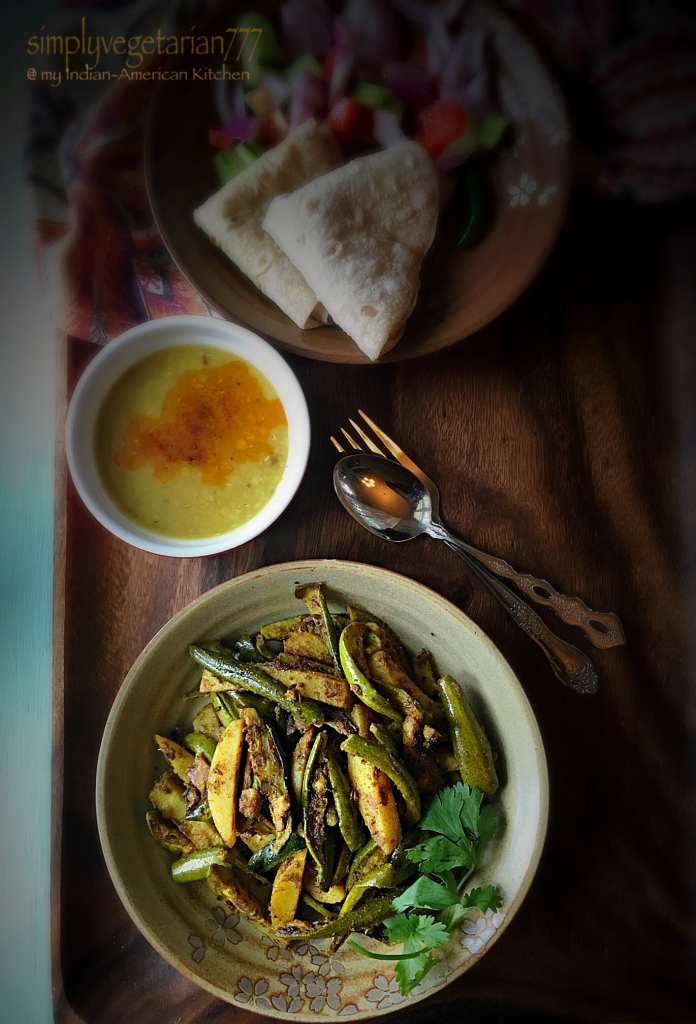
If you find the parwal in the market next time, get some and cook this for your family. I served it with Dal Lehsuni , chapati / roti and some salad.
As I say – Eat Happy! Stay Happy!
Sonal


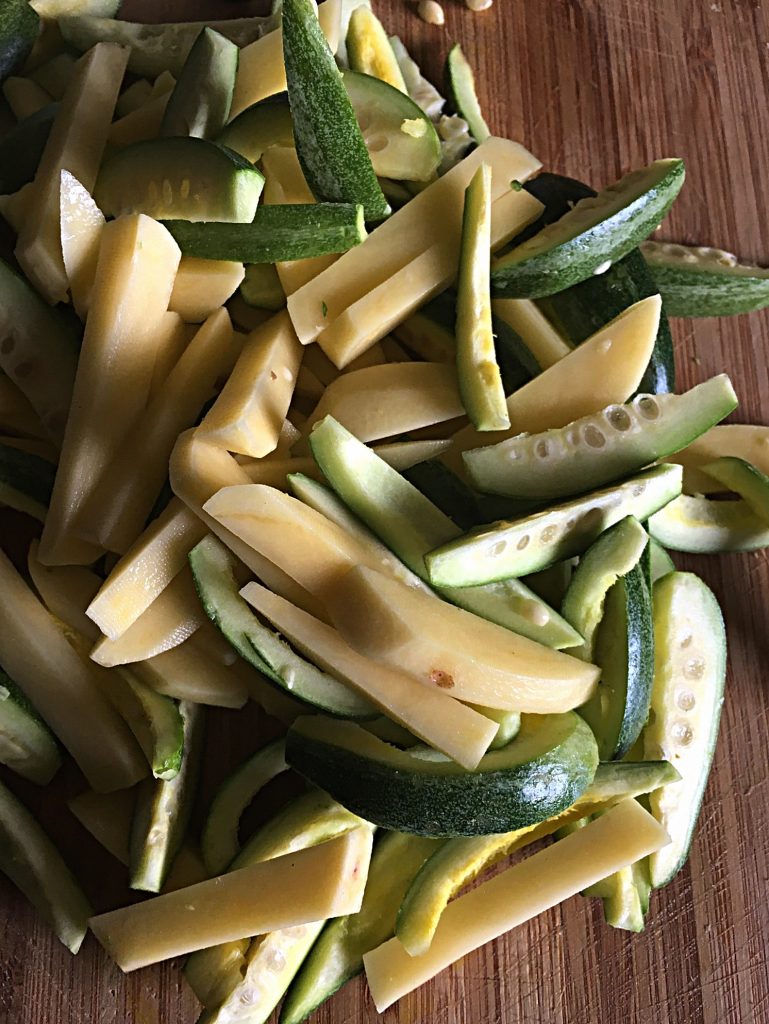
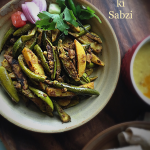
what a delicious recipe.
Simple and lovely! And I completely agree, to each their own. I eat in a way that makes me & my body happy, I never understand why that should cause anyone any consternation?! To each their own 🙂
No wonder I adore you so much Elaine <3
I’ve never heard of Parwal… thanks for the education. This sure looks delicious!
Thank you Nancy ❤️
I have never heard of Parwal before. It must be very easy to buy here in the UK in asian shops. I will keep a look out.
Thanks so much :). It is easily available in frozen vegetable section in indian grocery stores in USA, so my guess is that you can get it in UK as well.
Namaskaram Sonal – I am not a vegetarian nor is anybody in our little family, but…..you will find us eating ‘vegetarian’ food on the odd days! per week, just because we are not in the mood for any kind of meat. I love to try your above recipe, since – to my knowledge – I not have tasted it in the 14 years I am now here in Kerala :). And I love your point at the beginning of your article…….eat what you like and STOP worriying what other people might say. You are right, just say nothing, smile and listen!
Somebody famous in the film business once said: “I do not worry what people might say – the fact is, if I do something right or good – people will talk, if I do something wrong or bad – people will talk, so…….I only start worrying once people stop talking about me alltogether!!!!! – Love this, and this is my attitute. 🙂 🙂
thank you so much for your lovely words dear :). do try it and i hope you like it. They might call it Kambupudalai (Tamil) or patolam (Malyalam) in kerala. stay in touch. would love to learn about your vegetarian ventures in India.